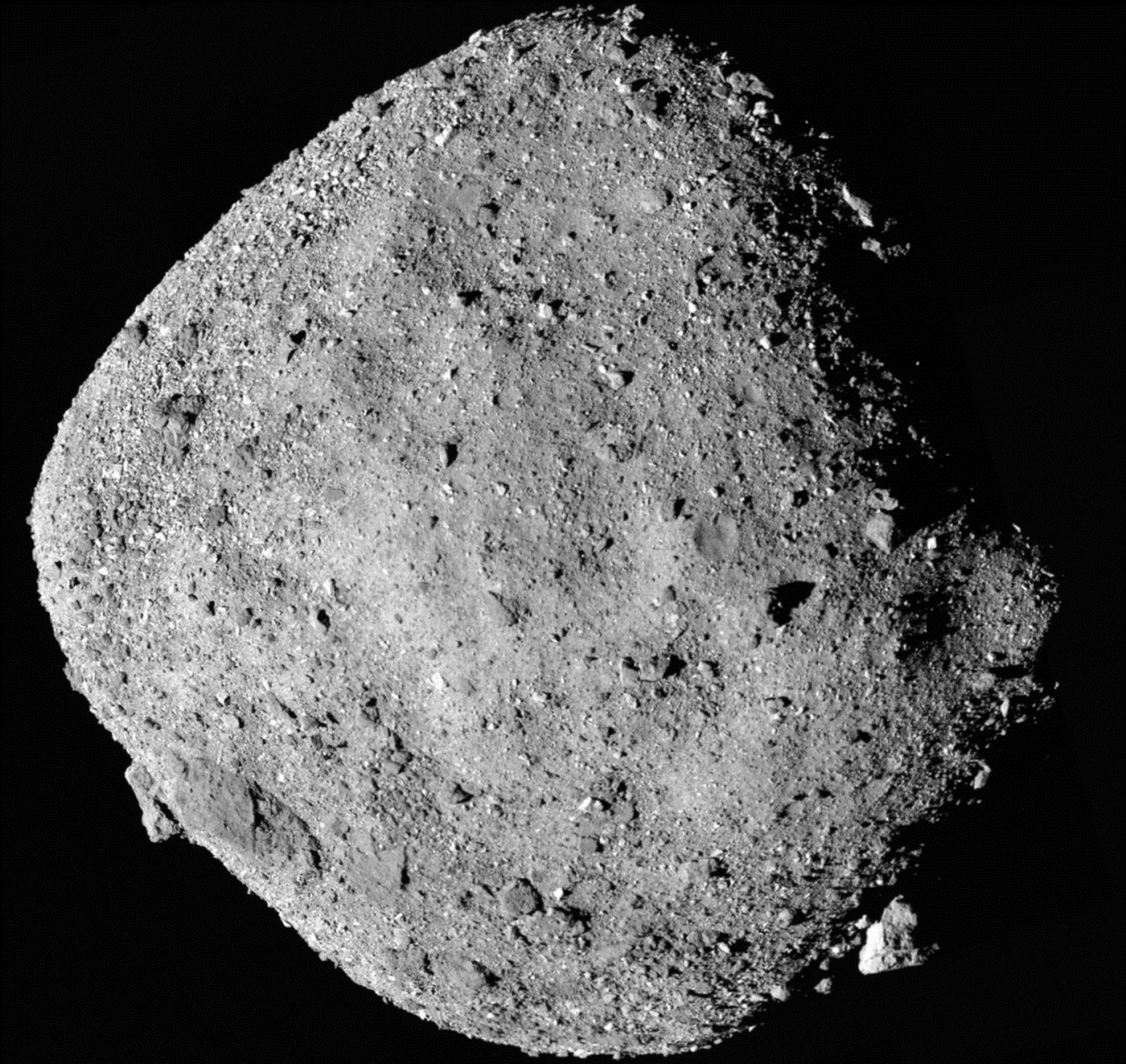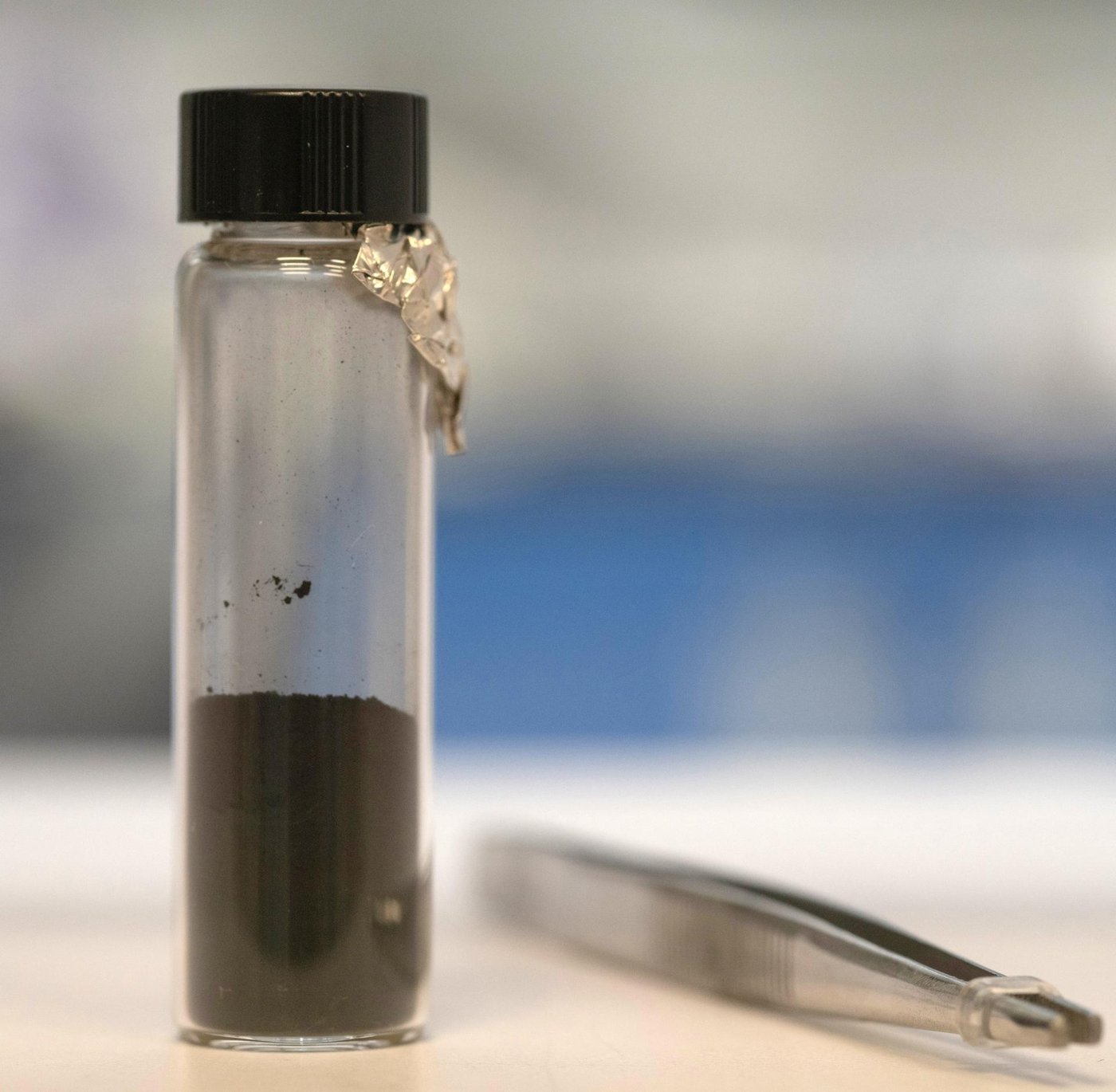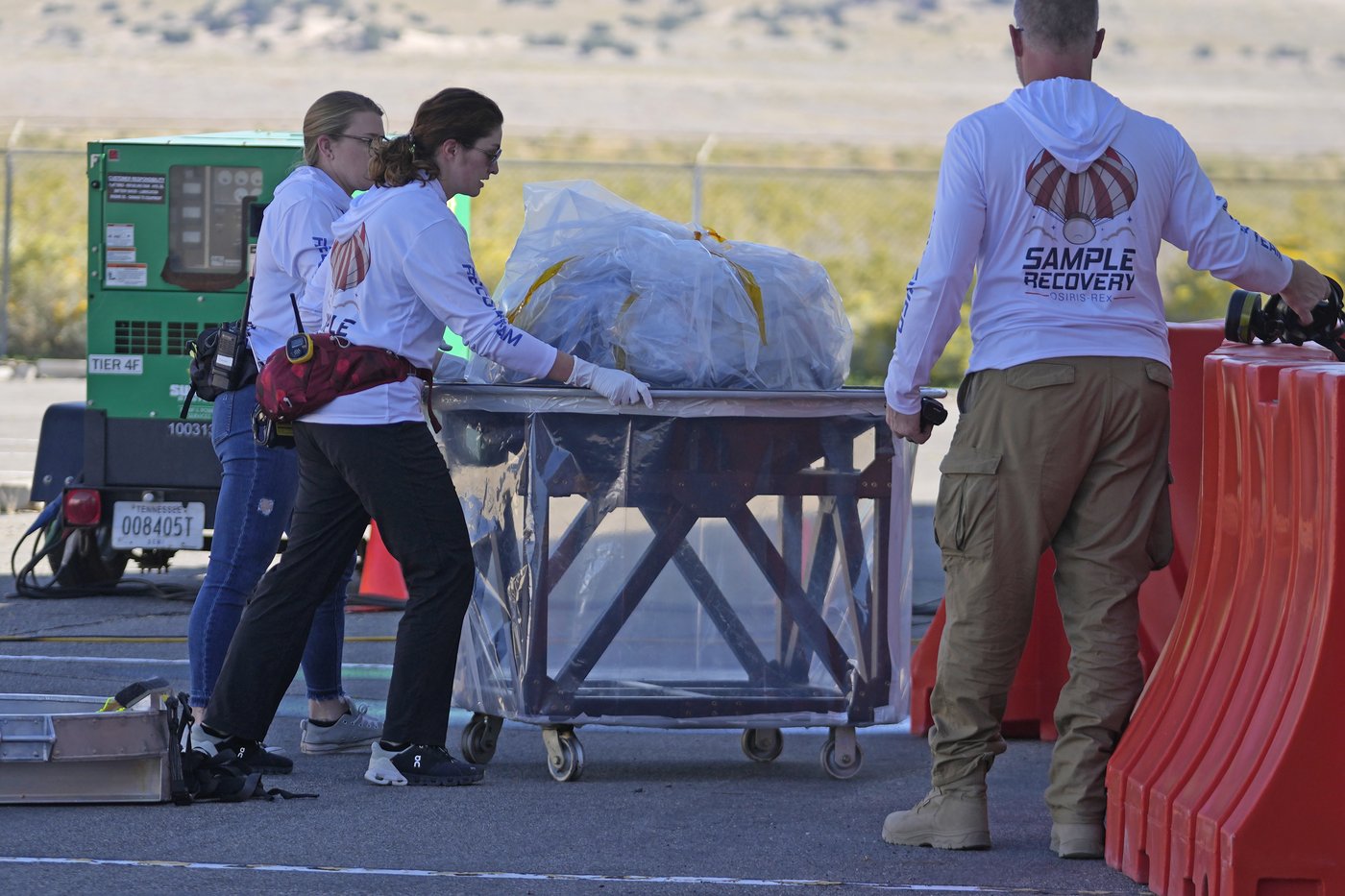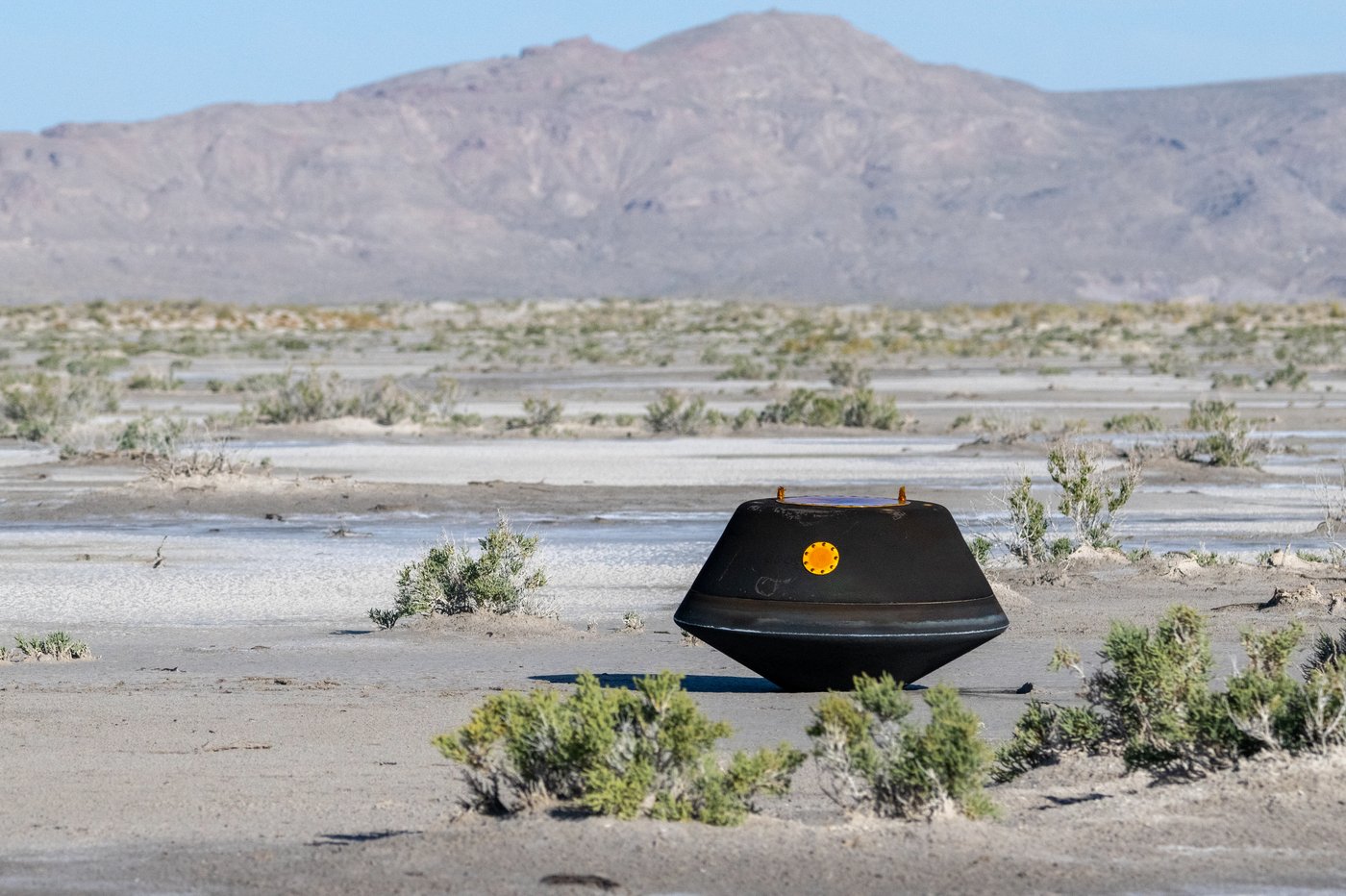
Spacedust from asteroid Bennu provides glimpse into celestial past
MONTREAL — New research on a sample collected from the asteroid Bennu — a small portion of which should arrive in Canada soon — is offering a glimpse into how it came to be.
Studies published in Nature Astronomy and Nature Geoscience last week offer some insight into the granules that were collected and brought to Earth in September 2023 as part of NASA-led OSIRIS-REx mission.
The three studies, which include Canadian scholars, found that Bennu is a near-Earth asteroid, but its composition suggests the parent asteroid it split from contains materials from throughout the solar system.
“What they’ve done is they’ve looked at the origin and the formation and evolution of the Bennu sample to understand its history,” said Dr. Patrick Hill, program scientist at the Canadian Space Agency.
The new research comes as Canada is preparing to receive its own portion for scientific research. Due to its contribution to the mission to retrieve the sample, the Canadian Space Agency will get a cut of the celestial bounty, but no earlier than 2026.
“The CSA is building its capacity to curate its first sample collected in space,” Hill said. Construction of a clean room south of Montreal began in January 2025. The sample would arrive in a carefully co-ordinated transfer with NASA, Hill said.
When it does, it would make Canada the fifth country in the world to curate samples that have been collected in space.
Canada’s will host about four per cent of the total 122 grams of dust and pebbles — just under five grams.
“This area is quite niche because of the astral materials and there’s a lot of requirements that we have to make sure are implemented to ensure that we are not contaminating the sample,” Hill said, which means protecting it from water, organic molecules or plastics.
“The goal of these missions is not to modify the material while it’s here on Earth,” Hill said.
The NASA-led mission launched OSIRIS-REx into space in 2016 to collect from the surface of an asteroid material that scientists hope will offer them insight into the formation of the solar system.
The spacecraft began orbiting the asteroid — called Bennu — in 2018 and grabbed a sample in 2020.
It began a return to Earth in 2021, and a capsule with the rocks and space dust landed in the Utah desert finally arriving in September 2023.
Canada’s contribution to the mission was a laster altimeter tool, known as OLA, which measures altitude and distance. As a result, Bennu was heavily surveyed, with billions of measurements of the asteroid over two years.
The tool helped pinpoint the best place to get a sample, with the craft landing briefly to collect the material.
The most recent studies found that Bennu was formed from a larger parent asteroid destroyed by a collision in the asteroid belt between the orbits of Mars and Jupiter. That parent asteroid formed in the outer solar system with material from a variety of locations including beyond our own solar system.
It was formed from dust from our solar system and organic matter from interstellar space. The analysis of the sample thus far have shown the presence of stardust grains that have compositions that predate the solar system, Hill said.
“We have a lot of meteorites that provide a lot of information about this sort of area of research, but these missions are great because you go and get the sample and you bring it back,” Hill said.
“So it’s not altered by travelling through the atmosphere and modification on the Earth’s surface, so it allows us to really look at the pristine material in detail.”
Another study found that the asteroid was dramatically transformed over time by interactions with water and exposure to the harsh space environment.
This report by The Canadian Press was first published Aug. 31, 2025.




Join the Conversation!
Want to share your thoughts, add context, or connect with others in your community?
You must be logged in to post a comment.



















